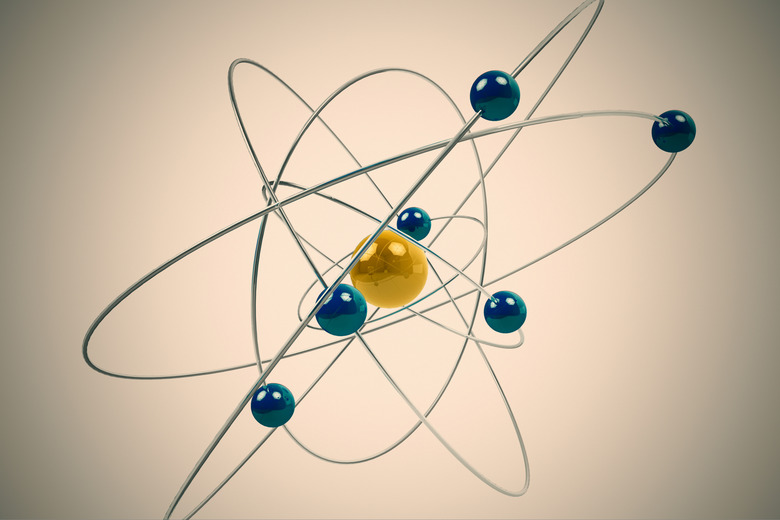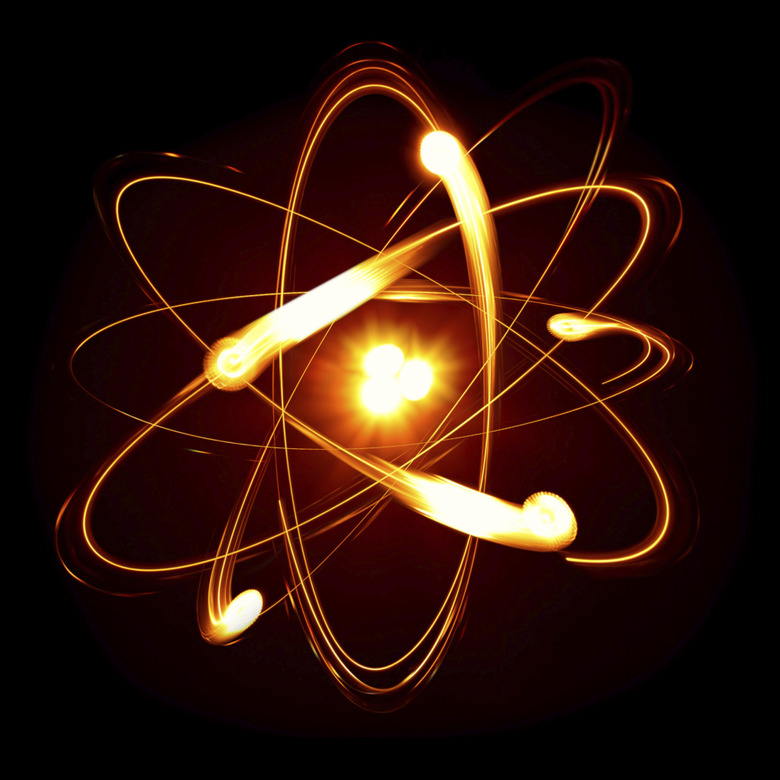Energy Levels In The Periodic Table
The periodic table is organized into columns and rows. The number of protons in the nucleus increases when reading the periodic table from right to left. Each row represents an energy level. The elements in each column share similar properties and the same number of valence electrons. Valence electrons are the number of electrons in the outermost energy level.
Number of Electrons
Number of Electrons
The number of electrons in each energy level is displayed on the periodic table. The number of elements in each row shows how many electrons it takes to fill each level. Hydrogen and helium are in the first row, or period, on the periodic table. Therefore, the first energy level can have a total of two electrons. The second energy level can have eight electrons. The third energy level can have a total of 18 electrons. The fourth energy level can have 32 electrons. According to the Aufbau Principle, electrons will fill the lowest energy levels first and build into the higher levels only if the energy level before it is full.
Orbitals
Orbitals
Each energy level is made up of areas known as an orbital. An orbital is an area of probability in which electrons can be found. Each energy level, except for the first, has more than one orbital. Each orbital has a specific shape. This shape is determined by the energy the electrons in the orbital possess. Electrons can move anywhere within the shape of the orbital at random. The characteristics of each element are determined by the electrons in the orbital.
The S Orbital
The S Orbital
The s-orbital is shaped as a sphere. The s-orbital is always the first to be filled in each energy level. The first two columns of the periodic table are known as the s-block. This means that the valence electrons for these two columns exist in an s-orbital. The first energy level only contains an s-orbital. For example, hydrogen has one electron in the s-orbital. Helium has two electrons in the s-orbital, filling the energy level. Because helium's energy level is filled with two electrons, the atom is stable and does not react.
The P Orbital
The P Orbital
The p-orbital begins to fill once the s-orbital has been filled in each energy level. There are three p-orbitals per energy level, each shaped like a propeller blade. Each of the p-orbitals holds two electrons, for a total of six electrons in the p-orbitals. According to Hund's Rule, each p-orbital per energy level must receive one electron before earning a second electron. The p-block starts with the column containing boron and ends with the column of noble gases.
The D and F Orbitals
The D and F Orbitals
The d- and f-orbitals are very complex. There are five d-orbitals per energy level, starting with the third energy level. The transition metals make up the d-orbitals. There are seven f-orbitals per energy level starting with the fifth energy level. The lanthanide and actinide make up the f-orbitals.
Cite This Article
MLA
Fiore, Corina. "Energy Levels In The Periodic Table" sciencing.com, https://www.sciencing.com/energy-levels-periodic-table-5481991/. 24 April 2017.
APA
Fiore, Corina. (2017, April 24). Energy Levels In The Periodic Table. sciencing.com. Retrieved from https://www.sciencing.com/energy-levels-periodic-table-5481991/
Chicago
Fiore, Corina. Energy Levels In The Periodic Table last modified March 24, 2022. https://www.sciencing.com/energy-levels-periodic-table-5481991/





